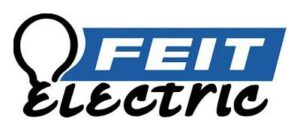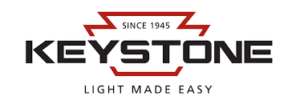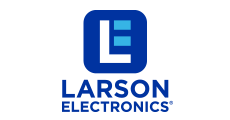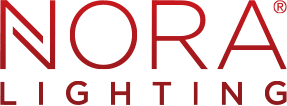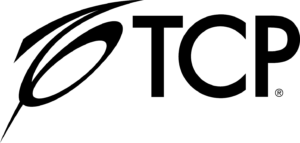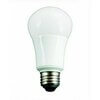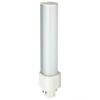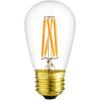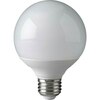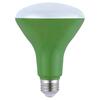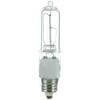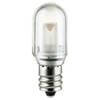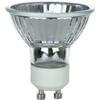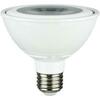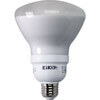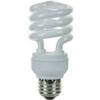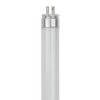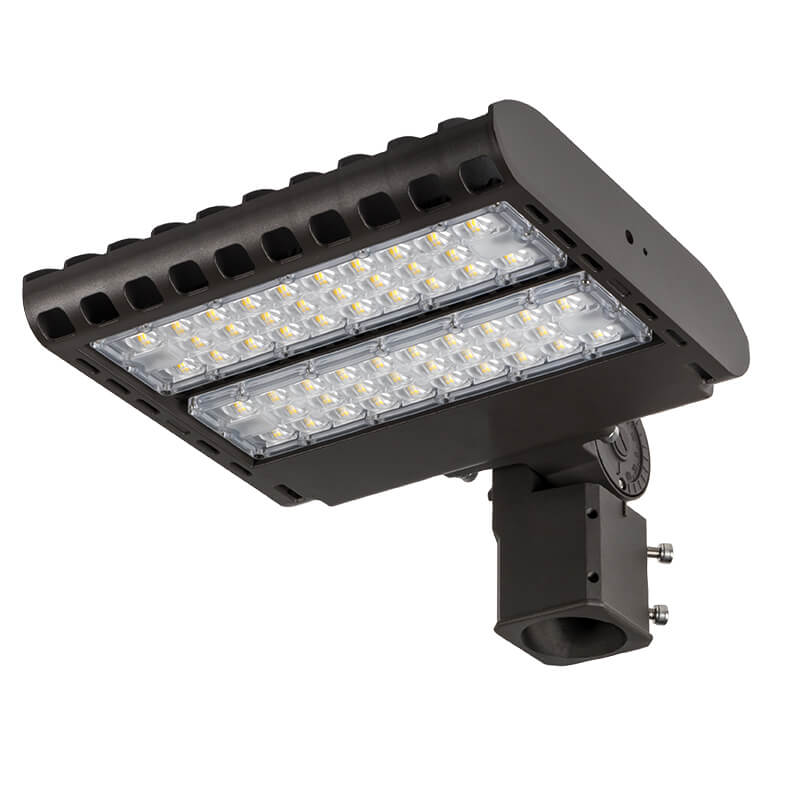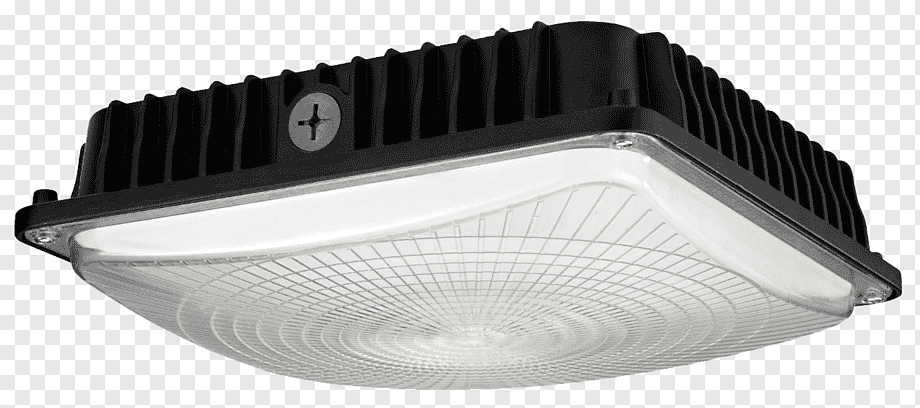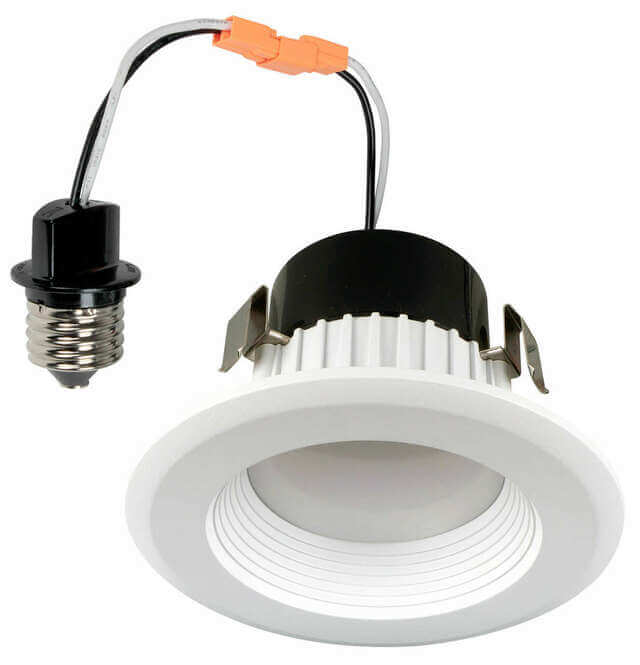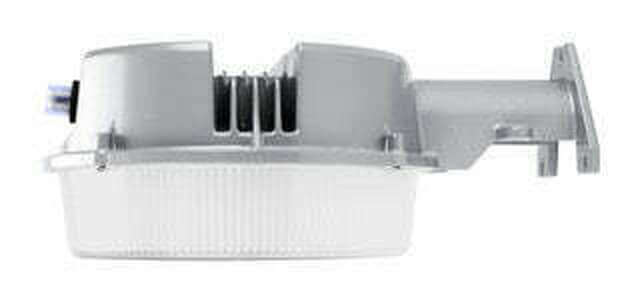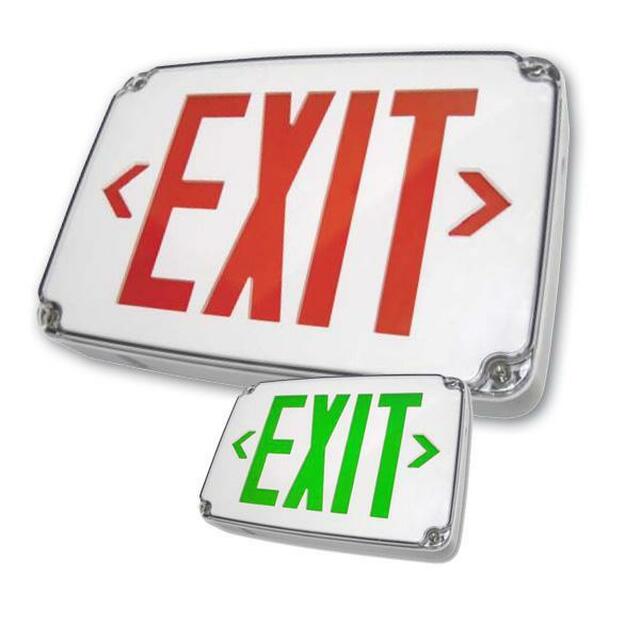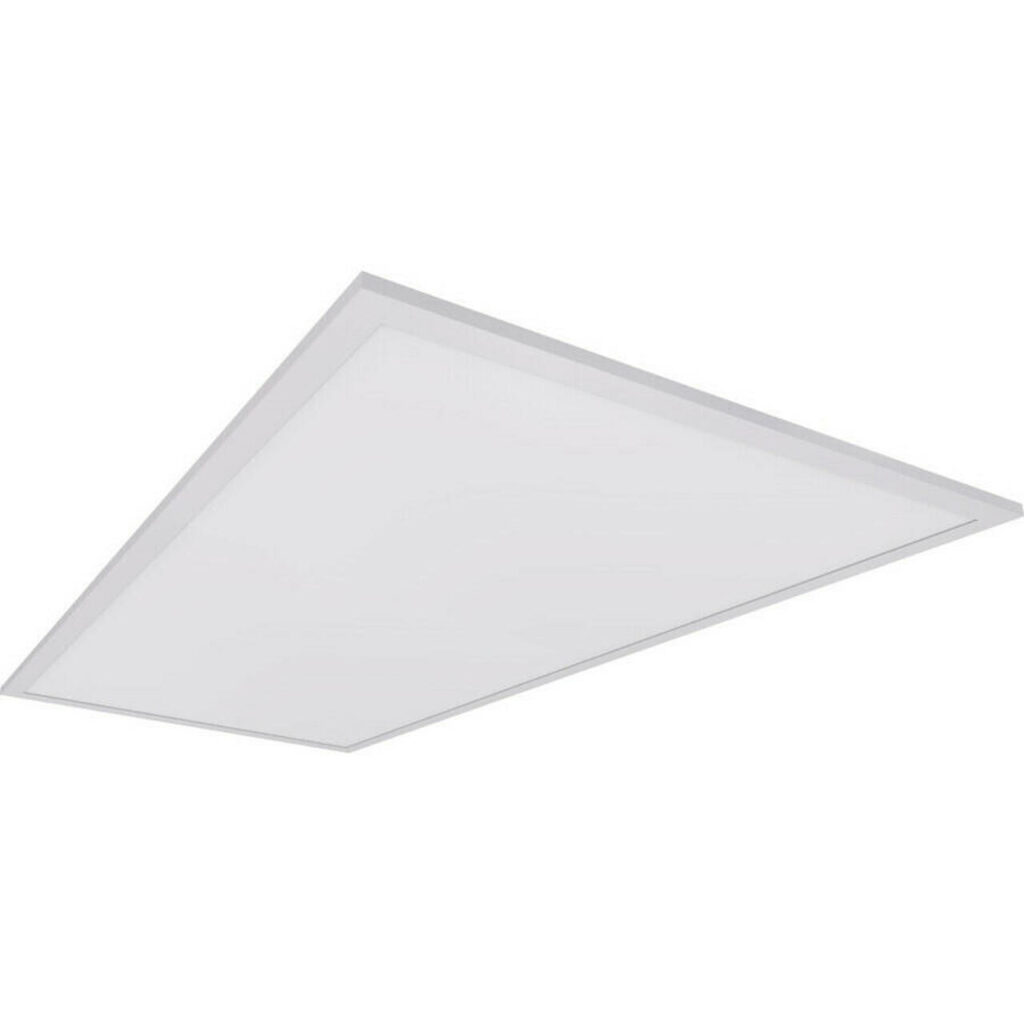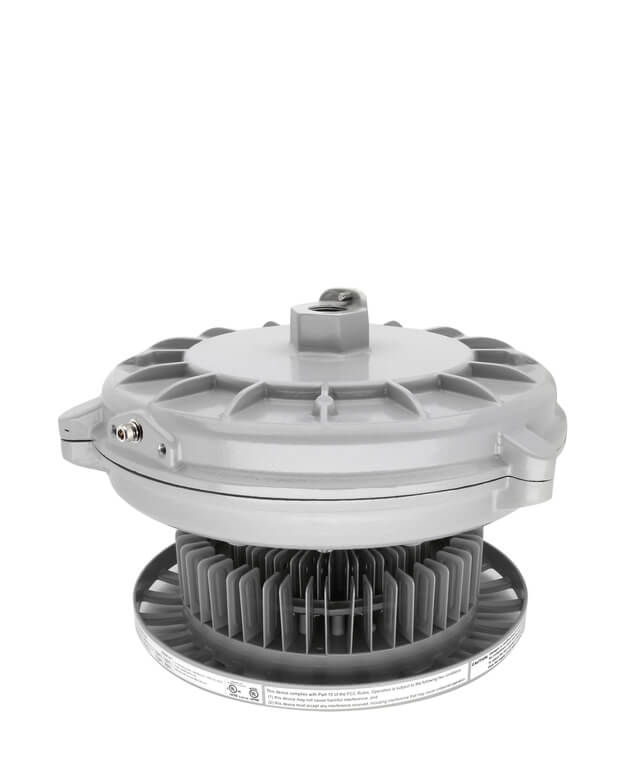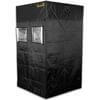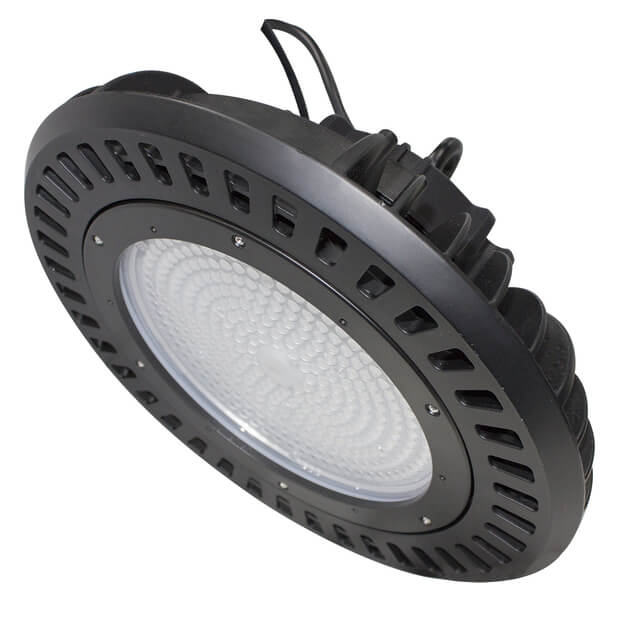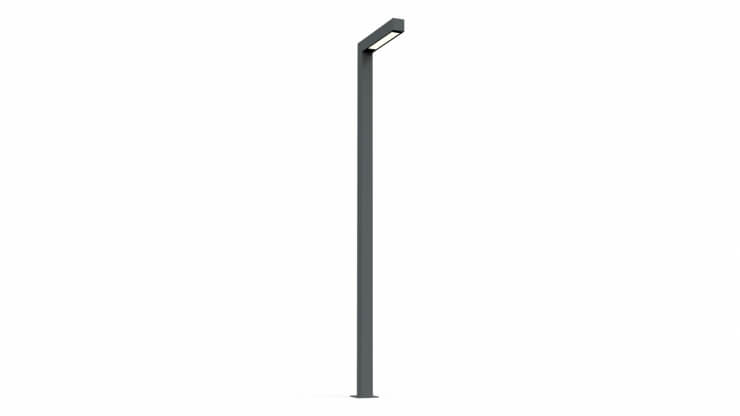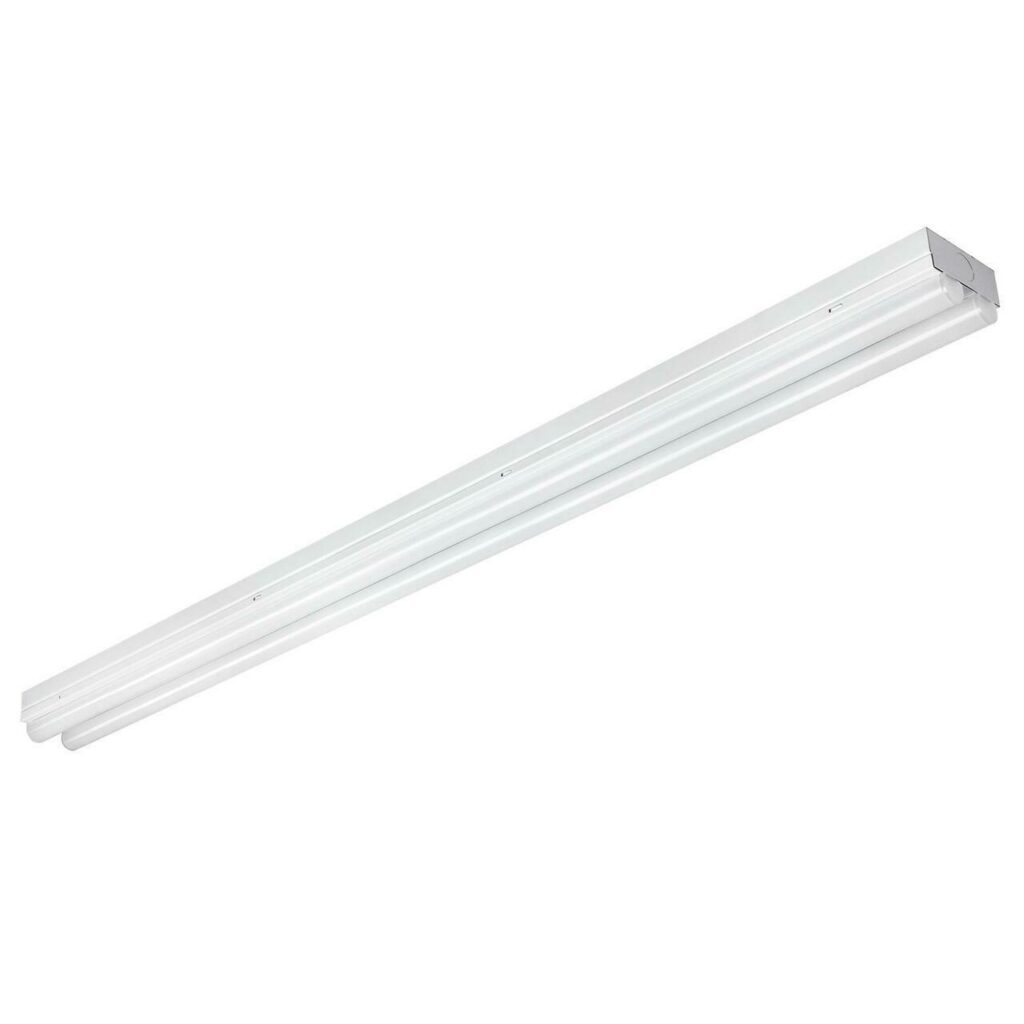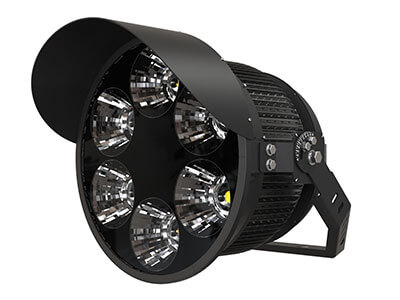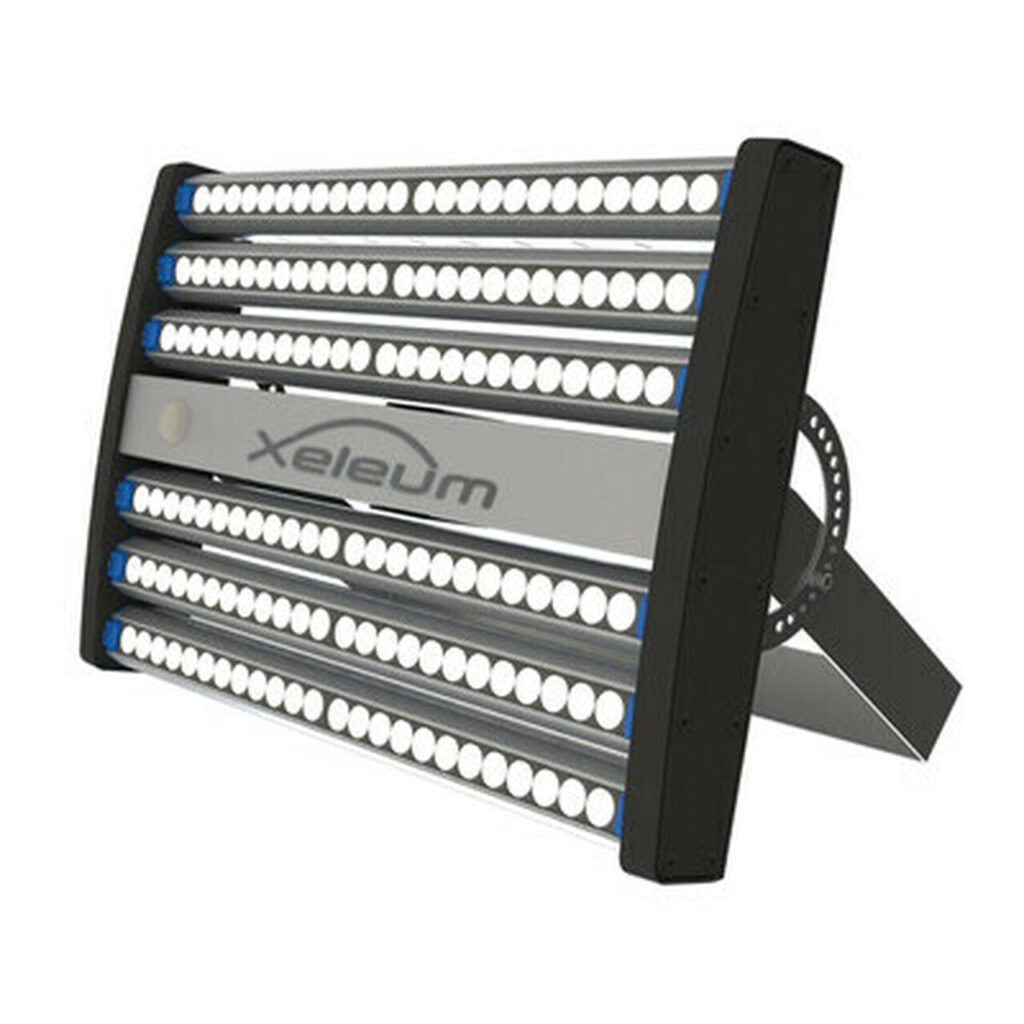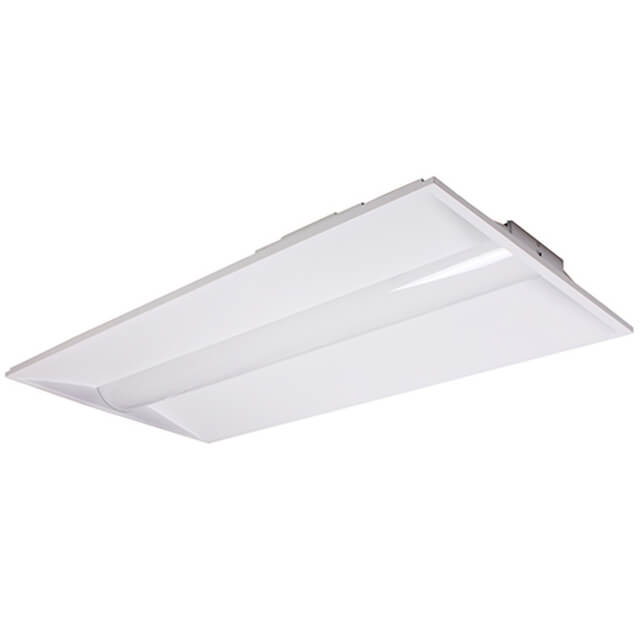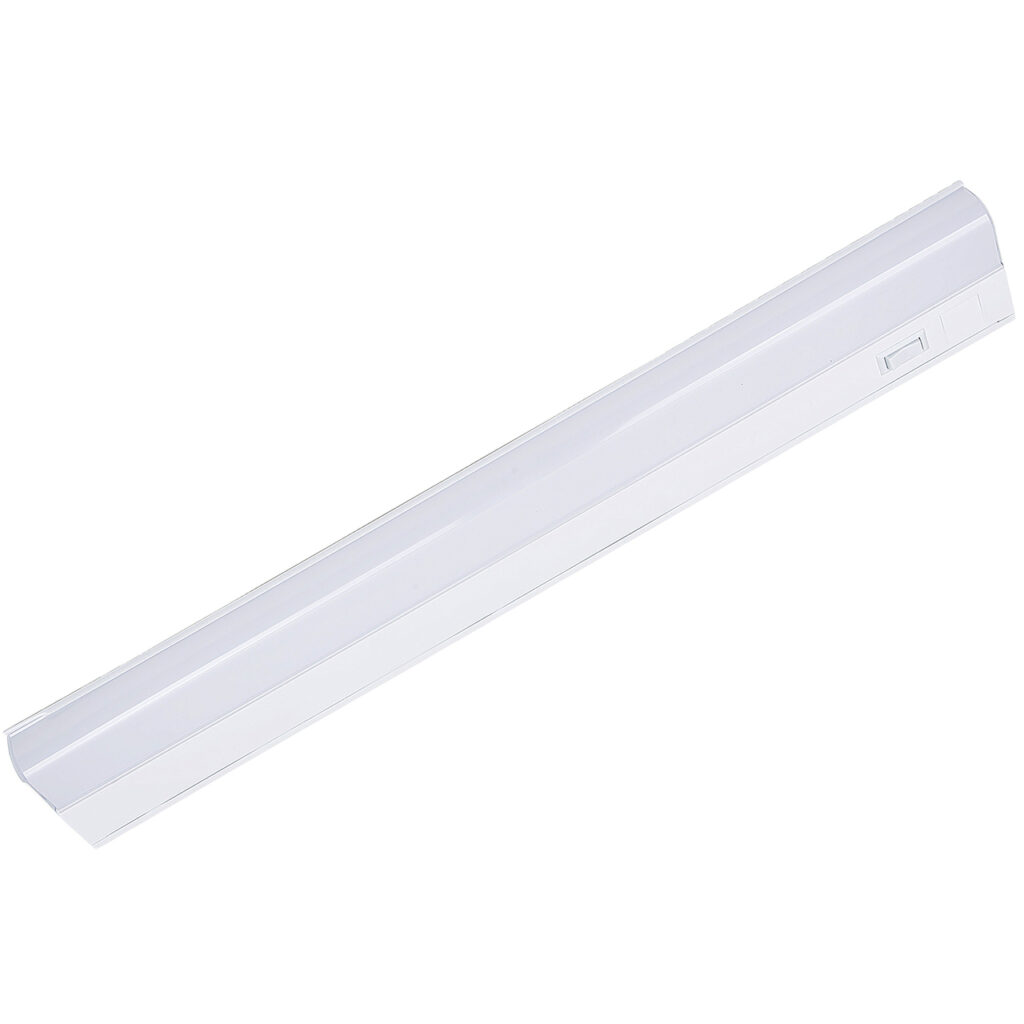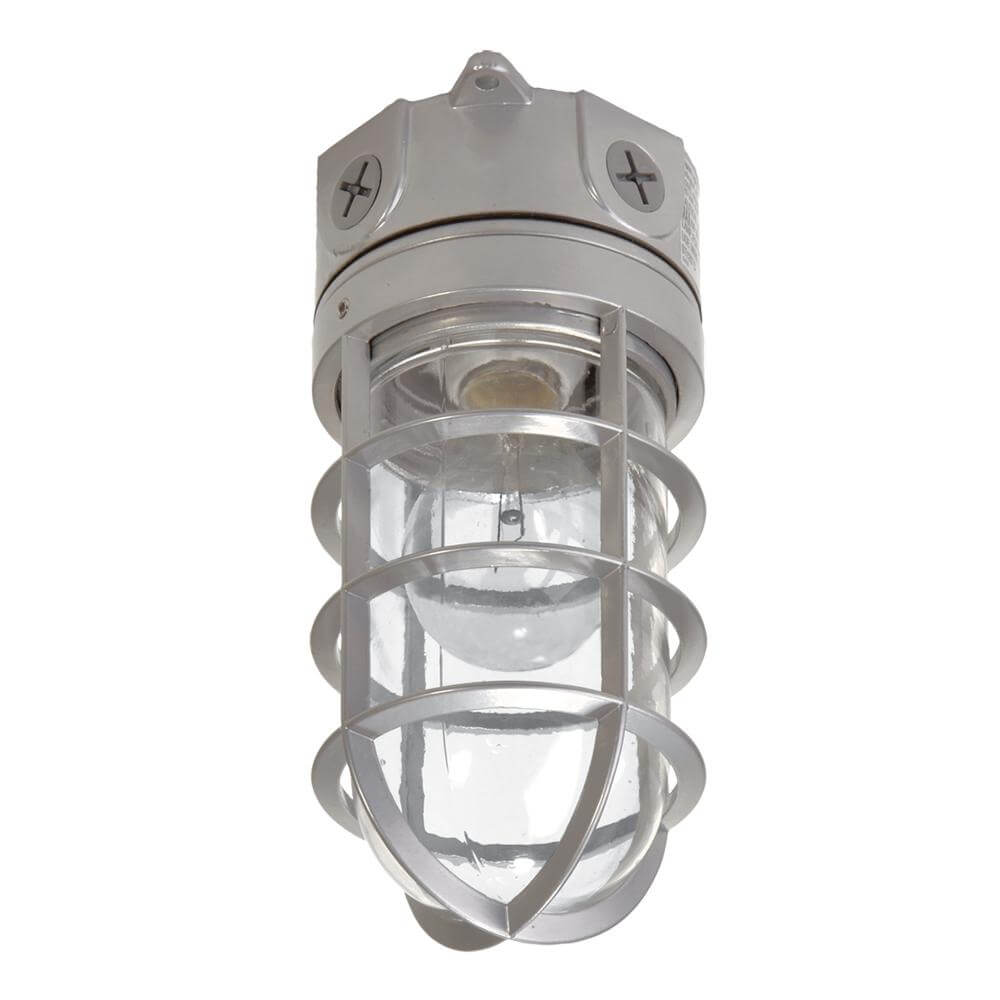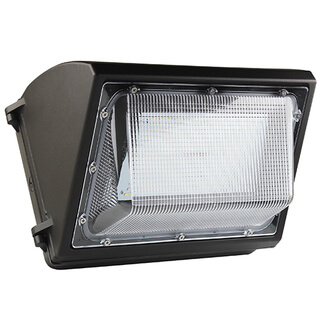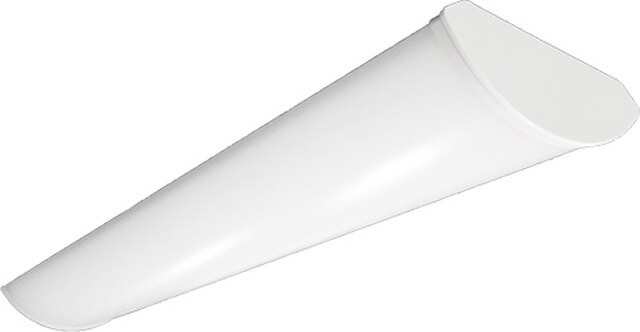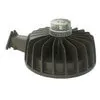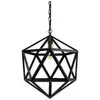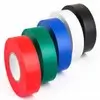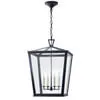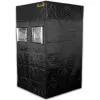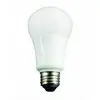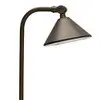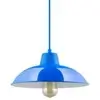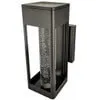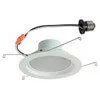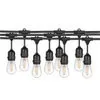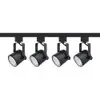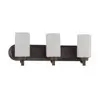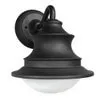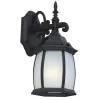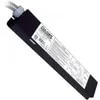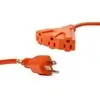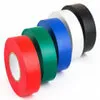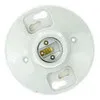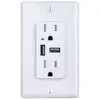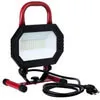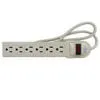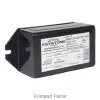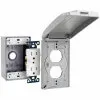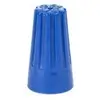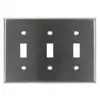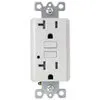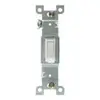Ultraviolet Sanitizing Lights became urgent and needful due to the novel COVID-19 Coronavirus breakout worldwide in 2020. In order to prevent the spread of the novel virus and other viruses, organizations began to install Ultraviolet Sanitizing Lights. While this initiative was a welcome idea and applauded by all as it is observed to be effective in preventing the spread of viruses, but there is a need to examine the safety of humans.
Before now, radioactivity has been seen to have some health damaging issues, and it is of the same principle by which Ultraviolet Sanitizing Lights work. The question is; Are the Ultraviolet Sanitizing Lights safe for humans at all? If not, what are the damage to envisage in the immediate and future? Kindly take your time to read through.
First, understand that Ultraviolet lights can be divided into three based on the length of the wavelength and energy level. These include UVA, UVB, and UVC. UVB has the shortest wavelength, while UVA has the longest wavelength. These Ultraviolet lights are crystalized into Ultraviolet Sanitizing Lights. It is not out of place if we check the safety of each. Each of these has its damaging effects on humans. Please see below for each of them;
UVA
UVA lighting is the least dangerous and least effective among the three. It does come with its negativity. UVA has been tagged to enhancing skin aging. It is also known to be responsible for skin cancer. I am sure no one will approve of UVA going by its effects on the skin, which suggests it is not safe for humans.
UVB
UVB lighting is observed to be dangerous in some ways. It has a damaging effect on DNA. It is believed to be less effective and more dangerous than UVC because of its deeper penetration rate into the skin. UVB has also been identified to have a high risk of cataracts and skin cancer. This means UVB is not a haven for humans, and therefore it must be used guardedly if you have to.
UVC
UVC lighting is among the three has visible detrimental health issues. This begins with a possible painful eye injury and may irritate the airway. UVC may as well enhance burn-like skin reactions, and it is more dangerous in situations where it is not properly installed. Interestingly, UVC is more used even in homes as lamps and other lighting gadgets. You will need to be more careful with this since it is readily available all around. Lightingandsupplies.com offers a few UVC Light Strips by Plusrite for more commercial projects.
This has proved beyond reasonable doubt that Ultraviolet Sanitizing Lights is not entirely safe for humans even though it helps to inactivate viruses. The damaging health concerns should be considered as well in other to prevent a case of running from frying pan to fire.
It is pertinent to note that the effects of these negatives of the Ultraviolet Sanitizing Lights are based on few factors, which may include the wavelength, the installation, dose, and radiation exposure timeline. Therefore it is advisable to limit how often you go through these Ultraviolet Sanitizing Lights to stay on a safer side.


